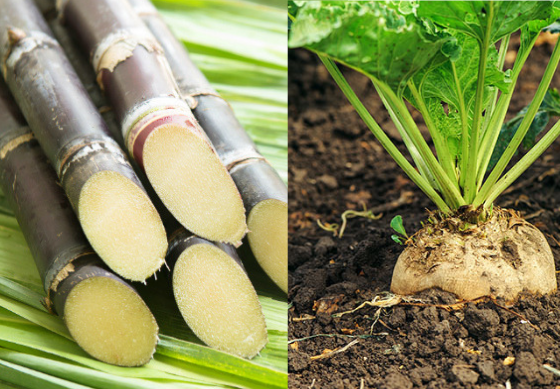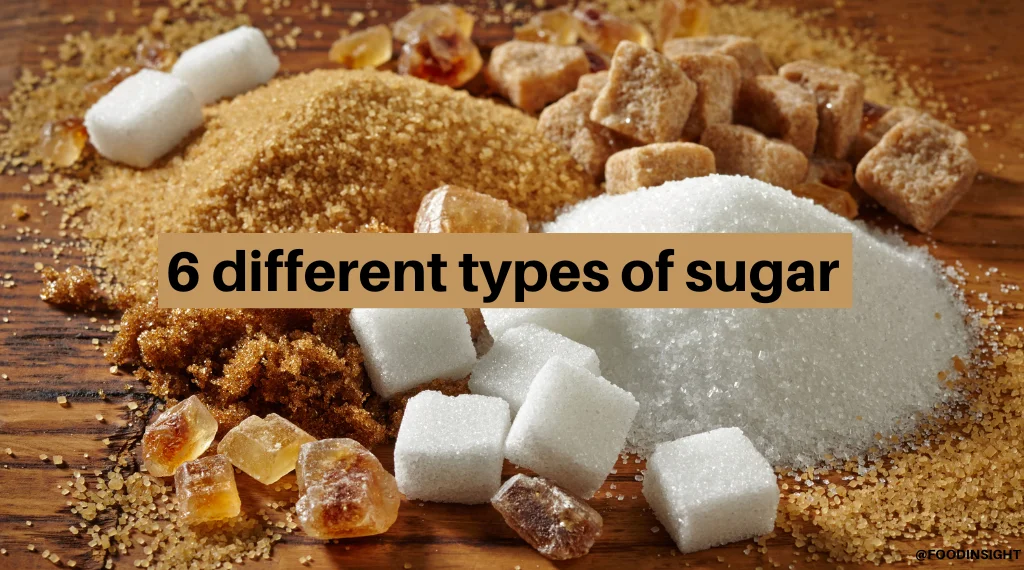Understanding beet sugar vs cane sugar helps consumers make educated choices about their diet.
Recognizing the Nutritional Perks of Beet Sugar Vs Walking Cane Sugar for Health Conscious Consumers
When analyzing the dietary effects of beetroot sugar versus walking stick sugar, health-conscious customers find that both selections largely include sucrose and deal comparable caloric values, each contributing around 16 calories per tsp. Despite this resemblance, neither kind provides significant health and wellness advantages, as they are lacking vital nutrients. Checking out the more comprehensive impacts, including environmental considerations and lasting wellness impacts of sugar usage, might brighten much more nuanced differences in between these two sugars.
Nutritional Account and Caloric Value of Beetroot Sugar and Cane Sugar
Although both beetroot sugar and walking stick sugar are largely composed of sucrose, their dietary profiles and caloric worths are extremely similar. Each gives around 16 calories per teaspoon and consists nearly totally of carbohydrates, with minimal quantities of protein or fat. These sugars also lack substantial amounts of vitamins or minerals. The improvement process remove most of the fundamental nutrients, providing both kinds nearly the same in regards to nutrition. There are trace distinctions in the pollutants that continue to be after processing, which can somewhat impact the flavor and color of the sugars, but these are negligible in terms of health and wellness impact. For customers concentrating on dietary effect, the option in between beet and cane sugar is much more about personal choice or prospective environmental worries as opposed to dietary differences. Both need to be consumed in small amounts within a well balanced diet because of their high caloric content and lack of essential nutrients (beet sugar vs cane sugar).
Ecological Impact and Sustainability of Sugar Manufacturing
While the dietary distinctions between beetroot sugar and walking cane sugar are minimal, their production processes present more considerable differences, specifically in terms of ecological effect and sustainability. Walking stick sugar manufacturing typically entails substantial land use and deforestation, which adds to habitat destruction and biodiversity loss. This agriculture is likewise associated with high water usage and water contamination due to the runoff of chemicals and plant foods. On the other hand, beetroot sugar manufacturing commonly requires less land and can be grown in more warm climates, which may minimize the requirement for watering and the associated water source exhaustion. Bonuses
Nevertheless, beet cultivation is not without its environmental difficulties; it entails significant power inputs, especially in the northern environments where it is expanded, as a result of the demand for longer home heating durations in sugar processing. Both sugar beetroot and sugar walking cane sectors are checking out extra lasting practices, consisting of crop turning, natural farming, and enhanced waste management techniques to mitigate these influences.
Health And Wellness Results and Recommendations for Sugar Consumption
Regardless of their very little nutritional differences, both beetroot sugar and walking stick sugar can have detrimental wellness impacts when consumed over. High intake of either kind of sugar adds to a range of health and wellness problems, consisting of excessive weight, kind 2 diabetic issues, and heart illness. Both sugars are pure sucrose and deal no crucial nutrients apart from calories, resulting in fast spikes in blood glucose degrees upon intake.


Verdict
